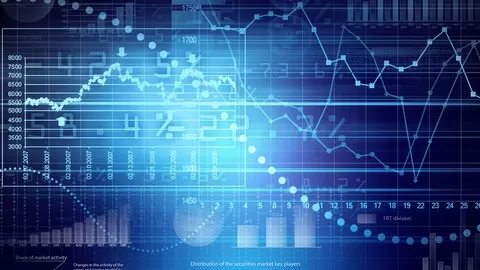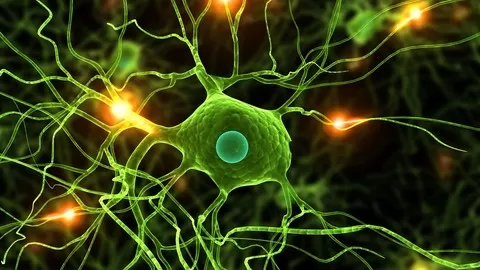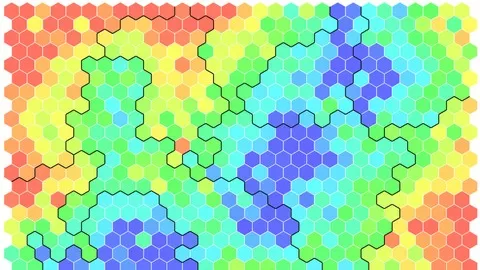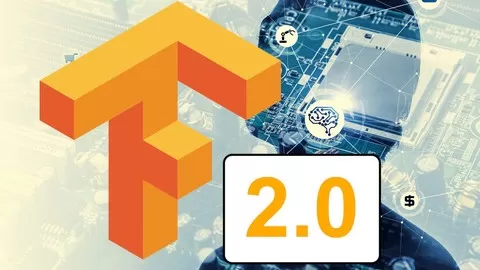The Hidden Markov Model or HMM is all about learning sequences.
A lot of the data that would be very useful for us to model is in sequences. Stock prices are sequences of prices. Language is a sequence of words. Credit scoring involves sequences of borrowing and repaying money, and we can use those sequences to predict whether or not you’re going to default. In short, sequences are everywhere, and being able to analyze them is an important skill in your data science toolbox.
The easiest way to appreciate the kind of information you get from a sequence is to consider what you are reading right now. If I had written the previous sentence backwards, it wouldn’t make much sense to you, even though it contained all the same words. So order is important.
While the current fad in deep learning is to use recurrent neural networks to model sequences, I want to first introduce you guys to a machine learning algorithm that has been around for several decades now – the Hidden Markov Model.
This course follows directly from my first course in Unsupervised Machine Learning for Cluster Analysis, where you learned how to measure the probability distribution of a random variable. In this course, you’ll learn to measure the probability distribution of a sequence of random variables.
You guys know how much I love deep learning, so there is a little twist in this course. We’ve already covered gradient descent and you know how central it is for solving deep learning problems. I claimed that gradient descent could be used to optimize any objective function. In this course I will show you how you can use gradient descent to solve for the optimal parameters of an HMM, as an alternative to the popular expectation-maximization algorithm.
We’re going to do it in Theano and Tensorflow, which are popular libraries for deep learning. This is also going to teach you how to work with sequences in Theano and Tensorflow, which will be very useful when we cover recurrent neural networks and LSTMs.
This course is also going to go through the many practical applications of Markov models and hidden Markov models. We’re going to look at a model of sickness and health, and calculate how to predict how long you’ll stay sick, if you get sick. We’re going to talk about how Markov models can be used to analyze how people interact with your website, and fix problem areas like high bounce rate, which could be affecting your SEO. We’ll build language models that can be used to identify a writer and even generate text – imagine a machine doing your writing for you. HMMs have been very successful in natural language processing or NLP.
We’ll look at what is possibly the most recent and prolific application of Markov models – Google’s PageRank algorithm. And finally we’ll discuss even more practical applications of Markov models, including generating images, smartphone autosuggestions, and using HMMs to answer one of the most fundamental questions in biology – how is DNA, the code of life, translated into physical or behavioral attributes of an organism?
All of the materials of this course can be downloaded and installed for FREE. We will do most of our work in Numpy and Matplotlib, along with a little bit of Theano. I am always available to answer your questions and help you along your data science journey.
This course focuses on “how to build and understand”, not just “how to use”. Anyone can learn to use an API in 15 minutes after reading some documentation. It’s not about “remembering facts”, it’s about “seeing for yourself” via experimentation. It will teach you how to visualize what’s happening in the model internally. If you want more than just a superficial look at machine learning models, this course is for you.
See you in class!
“If you can’t implement it, you don’t understand it”
•Or as the great physicist Richard Feynman said: “What I cannot create, I do not understand”.
•My courses are the ONLY courses where you will learn how to implement machine learning algorithms from scratch
•Other courses will teach you how to plug in your data into a library, but do you really need help with 3 lines of code?
•After doing the same thing with 10 datasets, you realize you didn’t learn 10 things. You learned 1 thing, and just repeated the same 3 lines of code 10 times…
Suggested Prerequisites:
•calculus
•linear algebra
•probability
•Be comfortable with the multivariate Gaussian distribution
•Python coding: if/else, loops, lists, dicts, sets
•Numpy coding: matrix and vector operations, loading a CSV file
WHAT ORDER SHOULD I TAKE YOUR COURSES IN?:
•Check out the lecture “Machine Learning and AI Prerequisite Roadmap” (available in the FAQ of any of my courses, including the free Numpy course)










